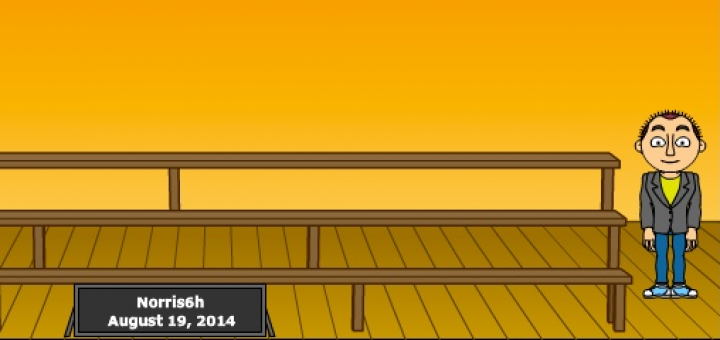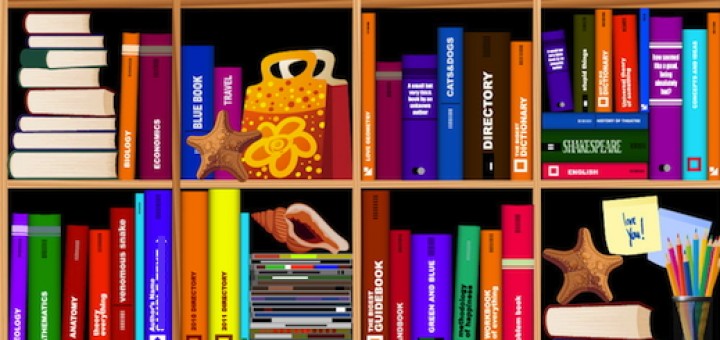Teaching and learning in grades 4-8
“One of the most important factors in student achievement is a positive connection with the teacher,” says teaching consultant Barbara Blackburn. “An easy way to bond with kids is through writing.” She suggests two activities students will enjoy and you will learn from.
Digital housekeeping is becoming part of every teacher’s back-to-school preparation. As Kevin Hodgson spruces up his classroom websites for the new term, he reflects on the year just past and revs up for some exciting teaching and learning in 2014-15.
Sean Ruday tackles some of the more challenging grades 6-8 ELA standards, giving detailed explanations using mentor texts in mini-lessons to gradually build student understanding, says reviewer Rebecca Crockett. He has also written for grades 3-5.
Be ready to launch 3-5 graders on instructional journeys using 21st century skills with the new book Unleashing Student Superpowers. Reviewer Laura Von Staden finds the easy-to-follow book well suited for self-contained classrooms.
Can Pop Culture and Shakespeare Exist in the Same Classroom? The answer is “yes,” says reviewer Judi Holst. All that prior knowledge can help students understand and discuss complex text. The authors show how to make complex text pop.
What do your students need to succeed in close reading? Literacy consultant Nancy Boyles outlines 10 steps in this article, drawn from her recent Corwin book “Closer Reading.” She also includes five questions to consider before students get started.
Your first year? Now’s your opportunity to create a welcoming classroom where students will feel secure, valued and successful in the days ahead. Veteran teacher Cheryl Mizerny shares ideas that have helped her realize a “shiny, happy” place to learn.
Mary Tarashuk shares gems from her history curriculum treasure hunt, all discovered while surfing on the Web during her beach vacation. Her online pirate crew added to her store of resources for the year ahead and helped her strengthen her internet sea legs.
In his final article on smart homework, middle grades teaching expert Rick Wormeli suggests ways to assess take-home assignments and manage the steady flow of “product” that homework requirements generate. Bonus idea: Homework extension certificates.
Shirley McPhillips’ Poem Central invites students to move through poetry that we might not know exactly how to teach and to live with those words on their own terms – not needing us to facilitate all meaning and experience for them, says Jenni Miller.







































